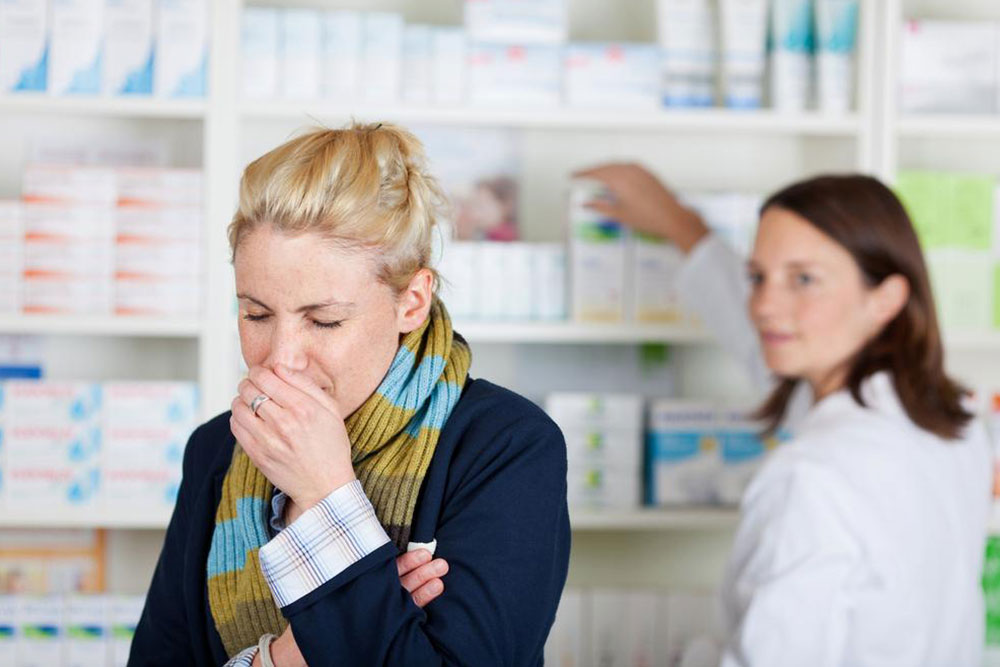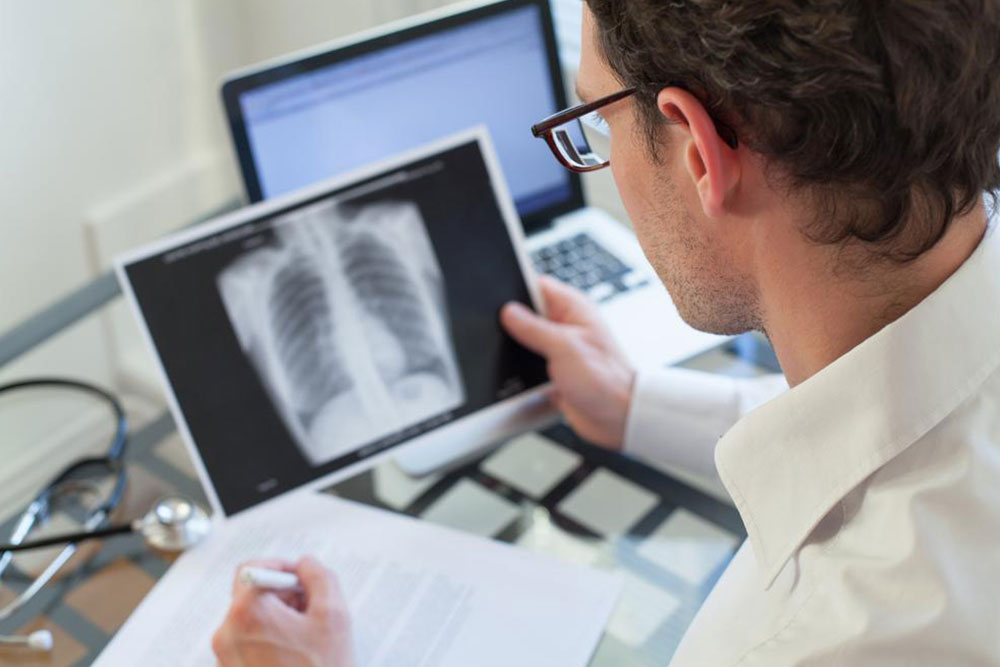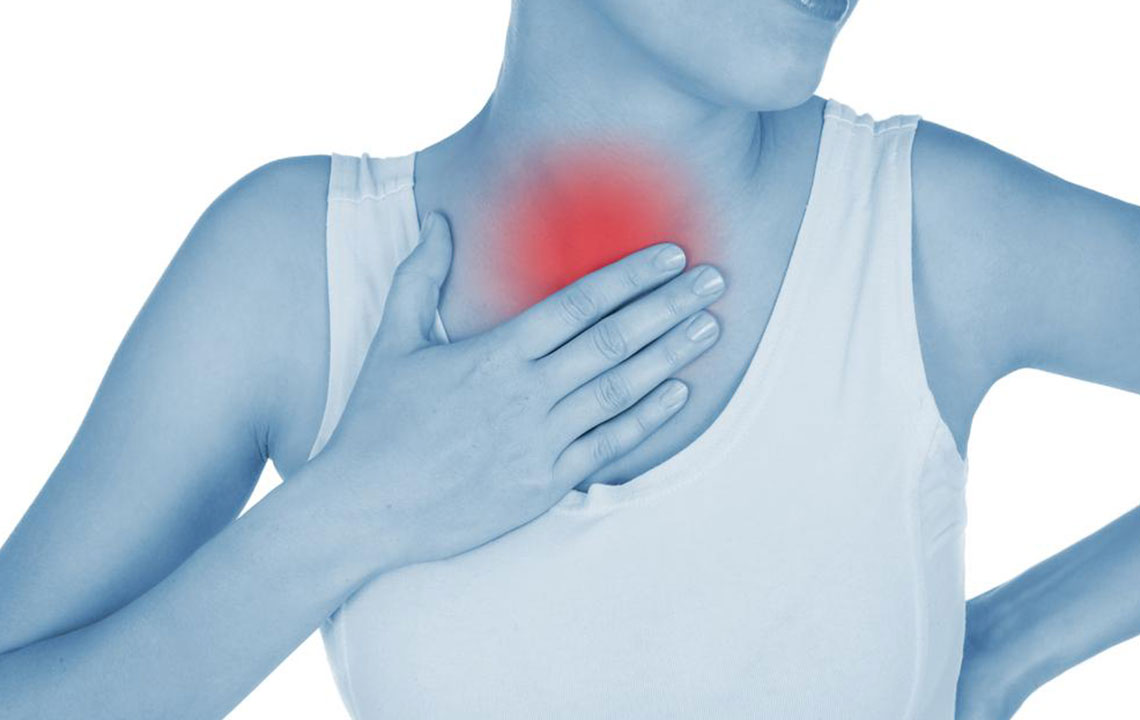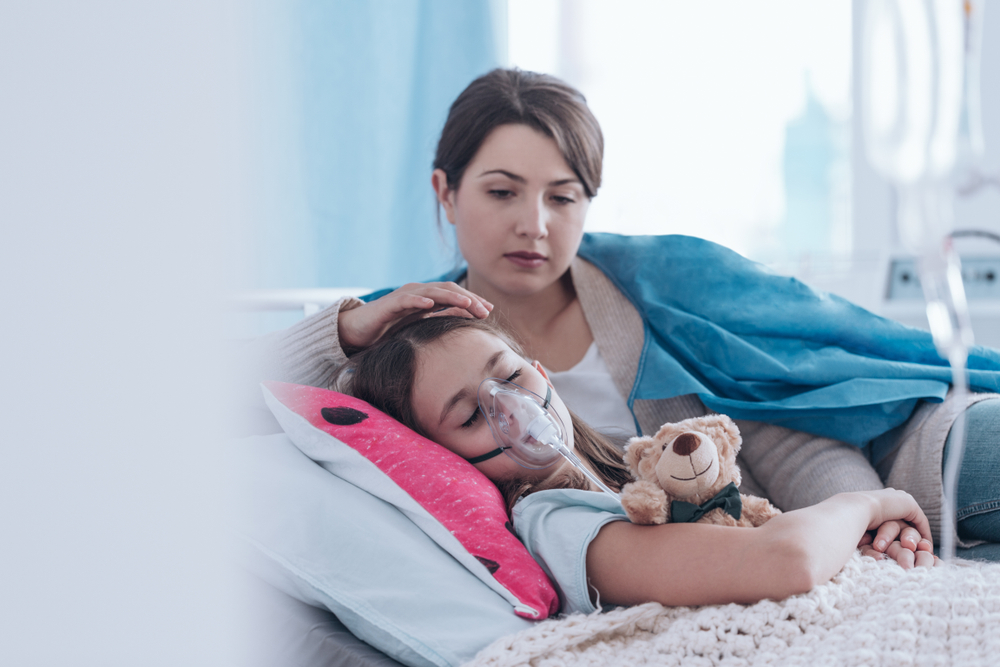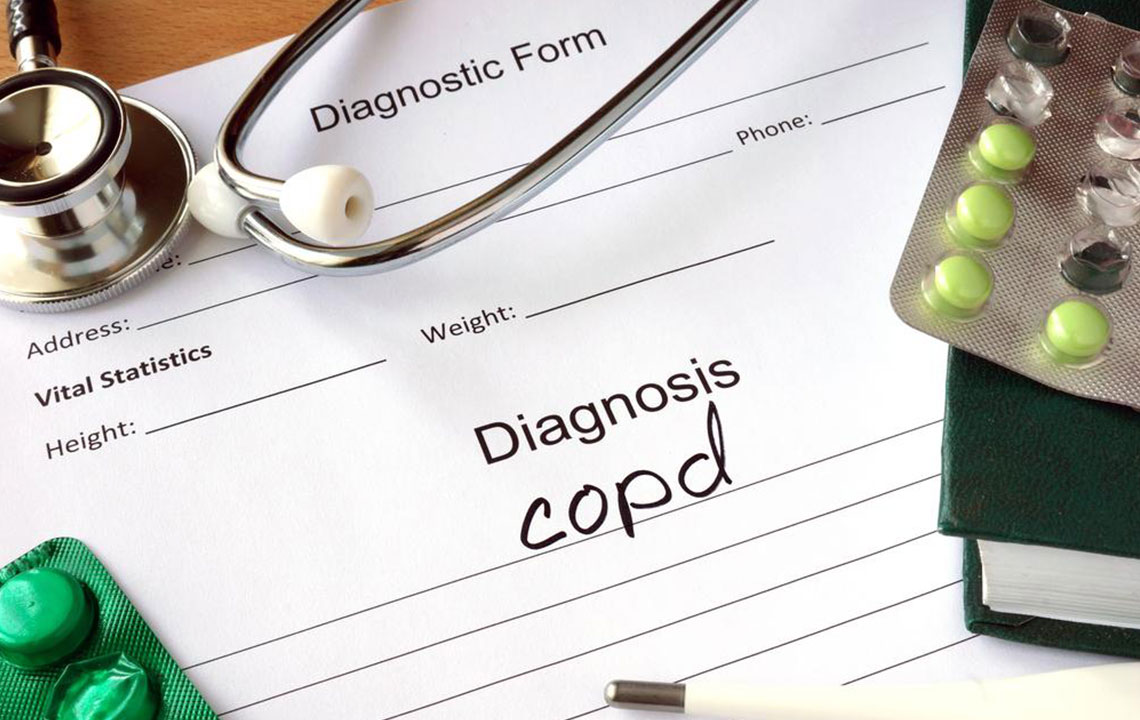Comprehensive Guide to Pulmonary Rehabilitation for COPD Patients
Pulmonary rehabilitation is a vital, comprehensive approach to managing COPD, significantly improving patients' quality of life through personalized programs that combine exercise, education, and psychological support. This detailed guide covers the essential aspects of pulmonary rehab, its benefits, and how it integrates into overall COPD care, empowering patients to lead healthier, more active lives despite their condition.
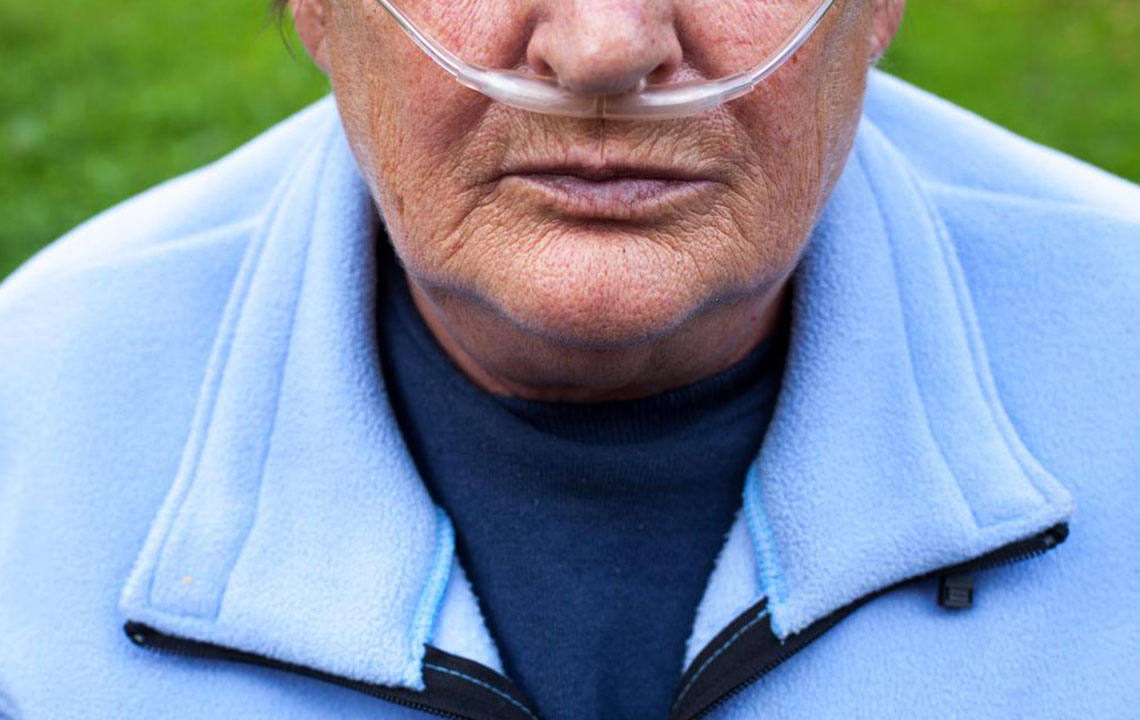
Essential Insights Into Pulmonary Rehabilitation and Its Impact on COPD Management
Chronic Obstructive Pulmonary Disease (COPD) continues to pose a significant health challenge across the globe, especially in countries like the United States. As a progressive lung disease primarily caused by smoking, exposure to harmful pollutants, and occupational hazards, COPD affects millions of individuals worldwide. In the US alone, over 11 million people have diagnosed COPD, but the true number of affected individuals is likely higher, as many remain undiagnosed until symptoms have worsened considerably. Despite the absence of a definitive cure, modern treatments and supportive therapies aim to control symptoms, improve quality of life, and slow disease progression.
Understanding the role of pulmonary rehabilitation is essential for enhancing the management of COPD. This comprehensive approach is designed not only to alleviate symptoms but also to empower patients to lead more active and fulfilling lives despite their diagnosis. In this detailed guide, we will explore the various facets of pulmonary rehabilitation, how it integrates into overall COPD care, and why it is a vital component of modern respiratory health management.
What Is Pulmonary Rehabilitation?
Pulmonary rehabilitation (PR) is a specialized, multidisciplinary program crafted to optimize the physical and psychological well-being of individuals living with chronic lung diseases such as COPD. While medications like bronchodilators, corticosteroids, and oxygen therapy play central roles in symptom control, pulmonary rehab encompasses a broader spectrum of therapies aimed at improving overall health and functionality. Typically conducted by a team of healthcare professionals—including pulmonologists, respiratory therapists, physiotherapists, dietitians, and mental health counselors—PR involves personalized treatment plans tailored to each patient’s specific needs.
Implementing pulmonary rehabilitation is crucial because it addresses multiple facets of COPD management, from breathing techniques and exercise training to nutrition counseling and psychological support. Though it does not cure COPD, it significantly enhances patients’ ability to perform daily activities, reduces hospital admissions, and improves mental health by combating anxiety and depression commonly associated with chronic respiratory conditions.
Customized Programs for Individual Needs: PR programs are meticulously designed based on the patient's disease severity, comorbidities, physical capacity, and personal goals. This personalized approach ensures maximum benefit from the rehabilitation process.
Training in Disease Management Strategies: Patients learn effective techniques to manage symptoms, such as breathing exercises (like pursed-lip and diaphragmatic breathing), energy conservation methods, and proper use of inhalers and oxygen devices.
Multidisciplinary Support Team: A team of healthcare professionals collaborates to tailor treatments, prescribe medications, and monitor progress, ensuring a holistic approach to COPD care.
Another vital aspect of pulmonary rehab is social and emotional support. Patients often experience feelings of isolation, frustration, and anxiety due to their condition. Support groups, counseling, and peer interactions foster a sense of community and resilience, helping patients better cope with their illness. Moreover, regular exercise sessions are integral to PR, focusing on improving cardiovascular fitness, muscle strength, and endurance. Patients are guided through supervised exercise routines suitable for their health status, which encourages physical activity and helps in reducing symptoms like breathlessness and fatigue.
Educational components of pulmonary rehabilitation are equally important. Patients receive comprehensive information about COPD, its progression, and the latest treatment options. They are introduced to new medications such as Symbicort, which combine steroid and bronchodilator therapies to effectively manage airflow limitations. Staying informed about current research and advancements in COPD treatment empowers patients to make better health decisions and adhere to prescribed therapies more diligently.
Integrating medication with pulmonary rehab creates a synergistic effect, leading to significant improvements in health outcomes. This holistic approach ensures that patients are equipped with the necessary tools—both physical and psychological—to handle their condition proactively. The benefits of pulmonary rehabilitation extend beyond symptom management: patients often experience enhanced mental health, increased independence, and an overall better quality of life. Therefore, early enrollment in a pulmonary rehab program is highly recommended for those diagnosed with COPD to maximize these benefits.
In conclusion, pulmonary rehabilitation is a cornerstone of effective COPD management. It combines medical treatment with lifestyle modifications, education, and emotional support to create a comprehensive care model. As research advances, new techniques and therapies continue to improve the effectiveness of pulmonary rehab, making it an indispensable part of the modern approach to treating chronic respiratory diseases. Patients and healthcare providers should collaborate closely to develop tailored programs that address individual needs, ensuring the best possible outcomes and a better quality of life.
